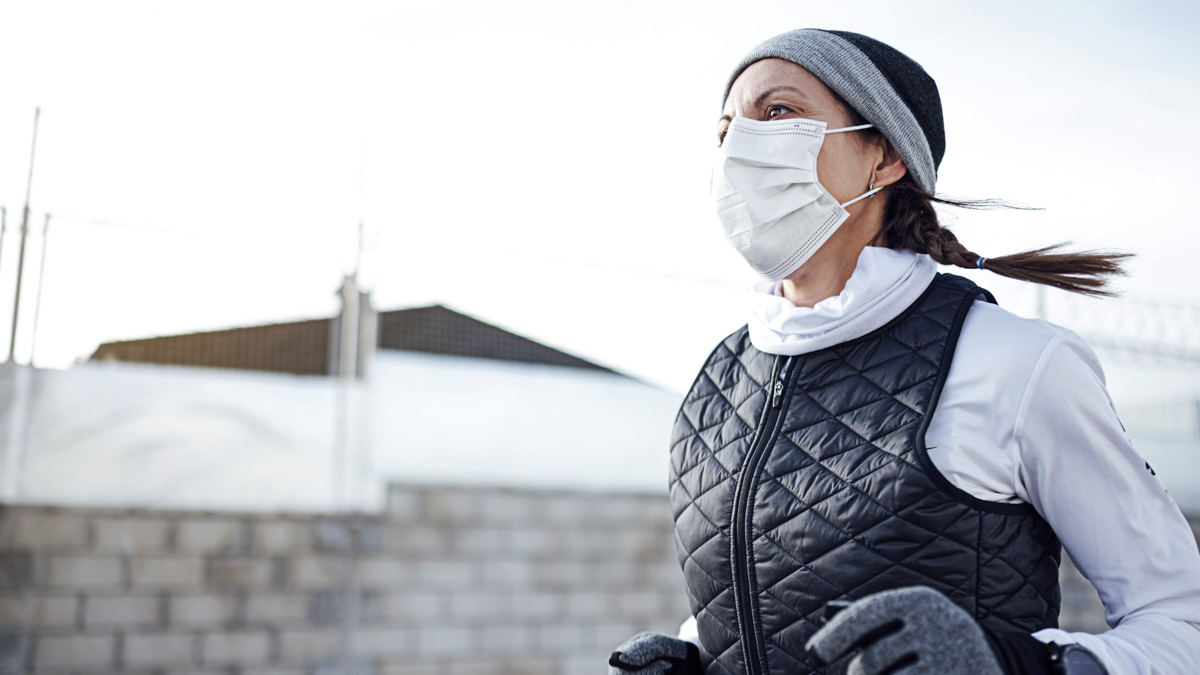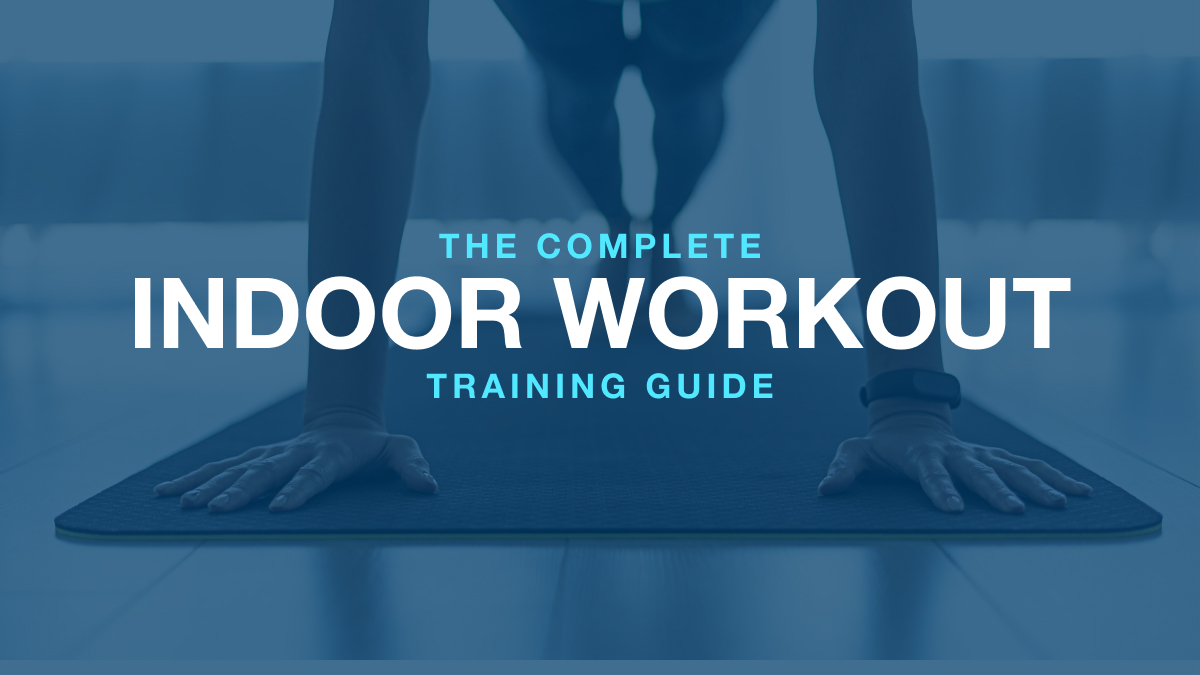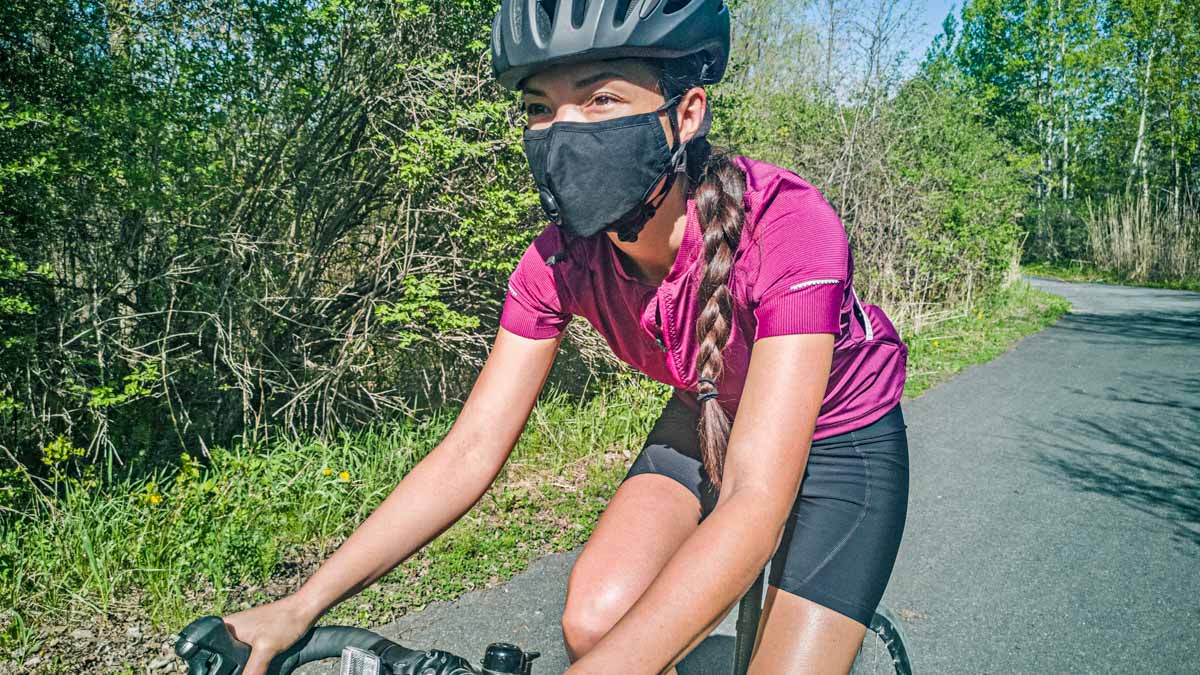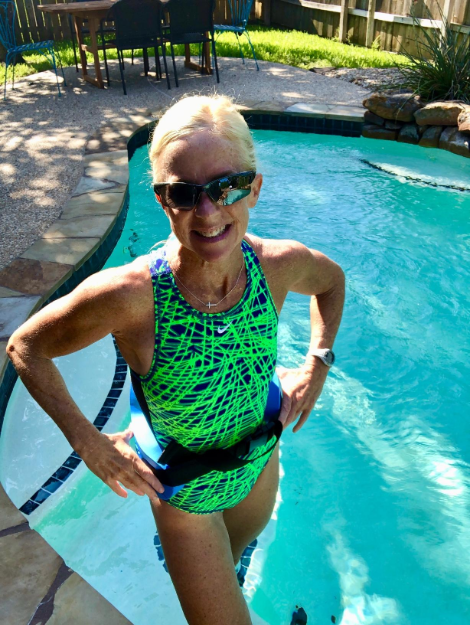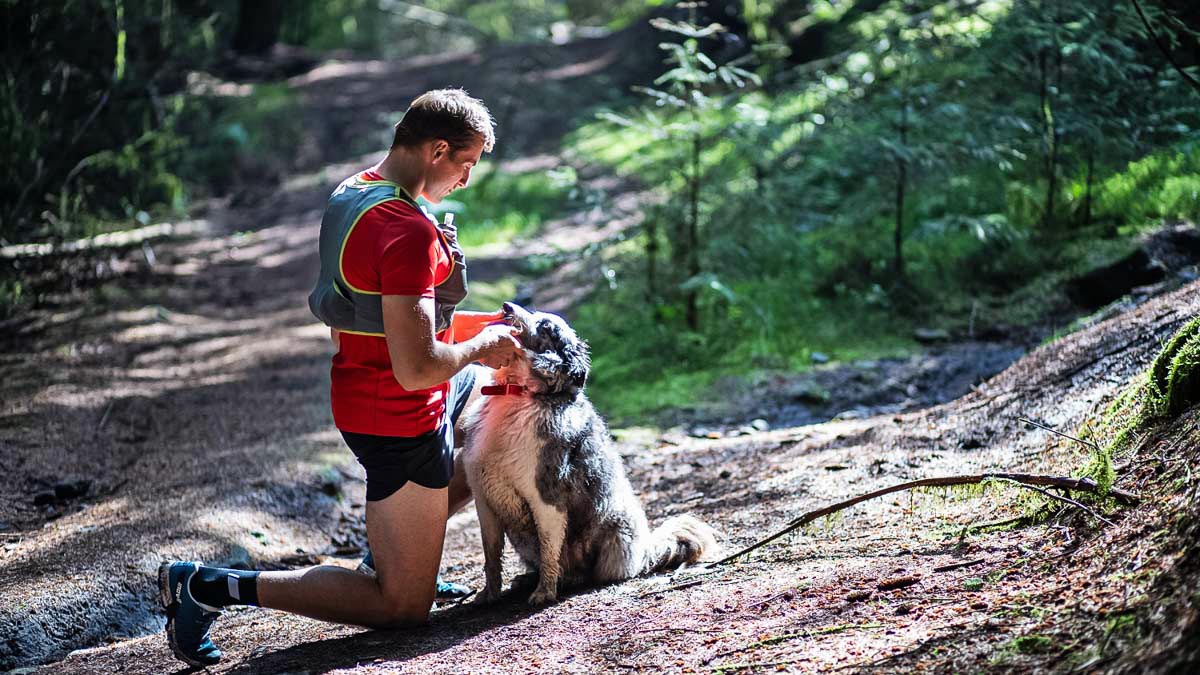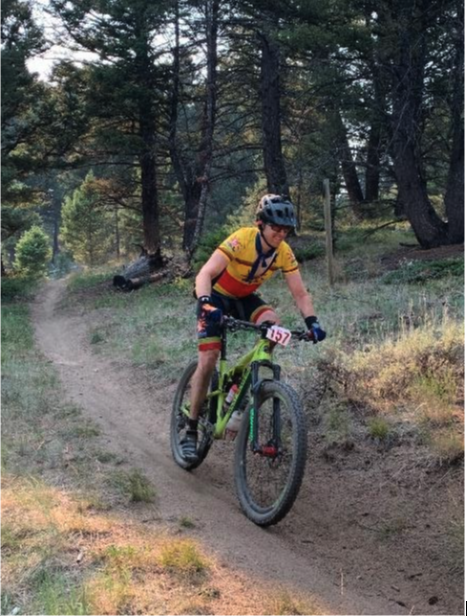When I sat down to write a piece about the raceless year of 2021, I had to ask myself, what did we gain (especially compared to 2020)? On the one hand, it feels like we made strides towards “normalcy”, but on the other hand, it still feels like we’re stuck in “The Middle”.
“It just takes some time
Little girl, you’re in the middle of the ride
Everything, everything’ll be just fine
Everything, everything’ll be alright, alright”
– Jimmy Eat World, The Middle
Here are my reflections and learnings after 21 months of training and racing through COVID.
1. COVID isn’t over — we’re just getting better at dealing with it.
It feels like we’ve spent 21 months moving from grieving to bargaining to depression, and I think we’re finally entering the “acceptance” phase. No matter your views as an athlete, we’ve all had to have a deeper conversation with ourselves and those close to us about protecting ourselves and our health — something we must protect at all costs.
2. We need to race to be good at racing.
Virtual racing just didn’t cut it for me. I’m sure many of you tried it, but the truth of the matter was we were rusty, out of practice, and maybe even a little dull at racing this year. We all spent the first half of 2020 watching races slip away, holding onto fitness with hopes that the next big race wouldn’t get canceled — but it would. We got beat up, demotivated, and mentally exhausted from trying to subsist on hope alone. We needed something concrete and when we got it, most of us were caught unprepared. If 2020 strung us along on hope, 2021 validated that we must race to be good at racing!
3. We learned a lot more about ourselves.
I thought maybe it was my generation who sounded the alarm of how we were living. Throughout the pandemic, we re-prioritized our lives because things all of a sudden got eerily simple. For people outside the United States, you couldn’t leave your home without good reason. What mattered and who mattered became very apparent — if it wasn’t worth risking your health, it wasn’t worth doing. We doubled down on fitness and training, protecting our mental and physical health. I saw a number of my athletes change jobs, relationships, and living situations because they were forced to reflect and dig deep. The pandemic forced us to prioritize our personal needs and I think most of us are all the better for it.
4. We did more with less.
I think we all had a friend who made weights out of cement, flowerpots, and duct tape — or was that just my friend group? When racing happened, we went for it. We made the social distant start lines, wave starts, rolling starts, and nebulous start times work. While we lost the shoulder-to-shoulder mass starts that buzzed with energy, we drew from within because we were happy for the opportunity. Despite these setbacks, our new “normal” racing did fill a massive hole in the endurance sport community. We gained an appreciation for race companies and all they do, and those that survived were often rewarded with races that were maxed out.
5. We found our “why”.
The moment your race was canceled, you found yourself in one of two camps: frustration and anger, or overwhelming relief from the pressure to perform. Before the pandemic, many athletes were on a perpetual wheel, chasing that next race because it was simply there. Most of the time, we don’t really understand what gets us up in the morning — we just do it. When that hamster wheel ground to a halt in March 2020, we saw many people crumble and lose motivation. These athletes were the ones chasing the next medal or hit of serotonin that only a hard-earned finish line would give. These weren’t people who “train to train” — these were people who thrived on resolution. They had to dig further than surface level to find their “why” when their next race was delayed or canceled. No matter what camp you were in the last two years, you had to tap into the self-discipline that got you into the sport in the first place.
What the pandemic has really taught us is what we value in our daily lives, who we value in our world, and to savor moments a little more than we were beforehand. Our absorption of media in the last decade has made us more comfortable with bigger gaps between connecting face to face. As a collective of endurance athletes, no matter how introverted and Type “A” we may be, we still need to rub shoulders with our friends at start lines, share sweaty exhausted hugs at finish lines, and clink beverages with sore legs and medals around our necks. The last 18 months might have been difficult, but any seasoned athlete knows that with lows, highs are just around the corner.
“Here we are now going to the North side
I look at my friends as they start to ride
Ride all night and we ride all day
Looking out for the sunny day”
– Moby, South Side
